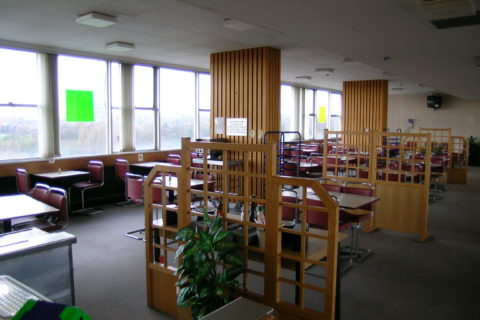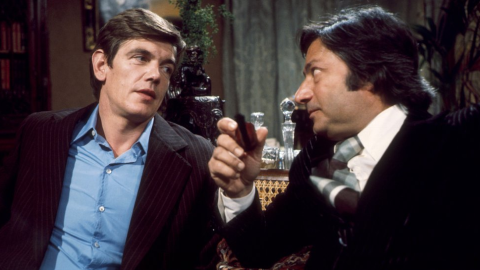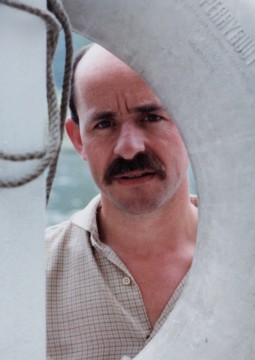I remember sitting in Pebble Mill the top floor restaurant while a motor bike was flying round the top of the building. Seeing Gangsters recorded and transmitted. The daily Pebble Mill at One. In fact for a long time I appeared daily on BBC1 because the opening titles had a shot of me walking along a corridor. I didn’t know until my mother asked if it was me! In the Comms Centre we had to set up the a circuit daily from Pres A studio at the Television Centre, for the weatherman to be used in Pebble Mill at One. This was normally fed on the BBC2 distribution vision line, with Sound-in-Syncs for the sound, because in those days BBC2 didn’t begin transmission until the late afternoon.
Birmingham Network Production Centre, as it was officially known, was just the right size by accident to make an environment where everyone works together to the same aim. I brought my sister and her family on a visit, and got here to see makeup, which I could not have done in London if my face was not known. There were no divisions between departments and different disciplines which I saw elsewhere, where television people do not understand radio, and studio sound staff were unaware of film sound techniques. These problem were absent at Pebble Mill because you had coffee and meals in the same restaurant and talked to each other. I once had my evening meal with the Midlands Presenter for television, I used to invite other presenters into the Comms Centre for a coffee. A production Assistant and I had an arrangement to see each others jobs. One TM (Technical Manager in television) suggested I follow him around and see his work on the set for Pebble Mill at One. I think the regions NPC working environment has been undervalue by the BBC.
Colin Pierpoint





